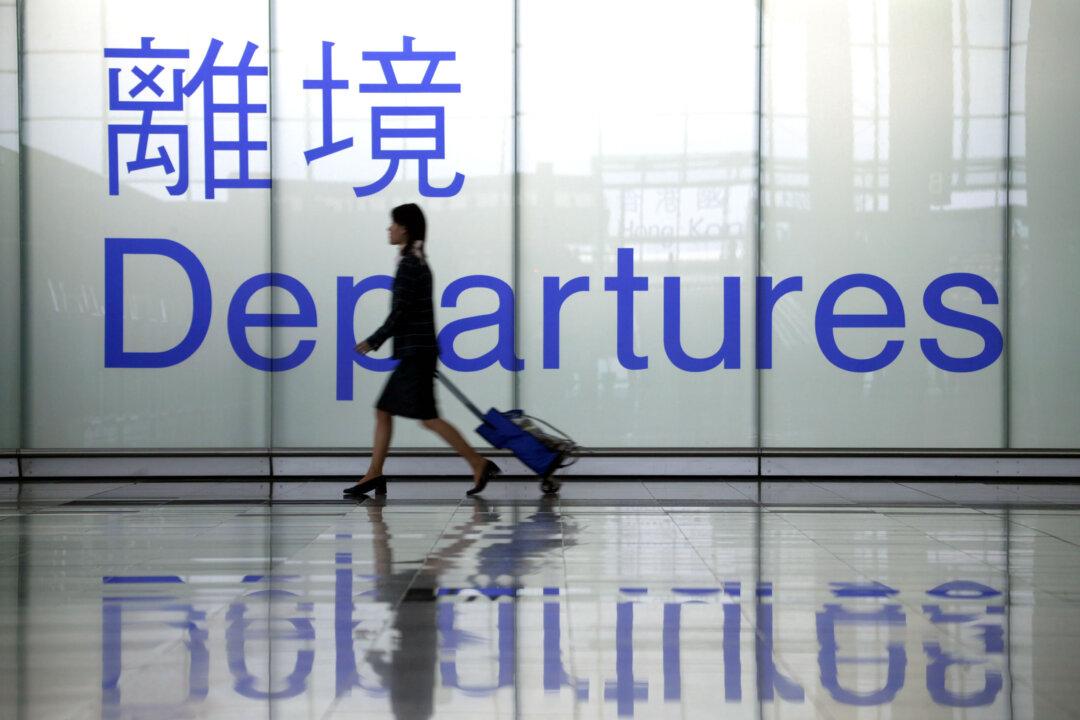The Chinese currency, the yuan, is a strange animal. Linked to the U.S. dollar, it hardly moves—but when it does, financial markets get jittery, especially when it’s going down.
The yuan lost 1.1 percent against the dollar in October, which doesn’t seem like a lot. It’s what’s behind the one percent loss that has markets on edge.
According to investment bank Goldman Sachs, as much as $500 billion in capital has left China this year through September. Chinese companies and citizens, as well as foreigners, convert their yuan holdings into dollars and other foreign currencies, pushing the price of the yuan down. Outflows picked up especially in September, reaching $78 billion.

If there is no additional demand for the yuan from trade, for example, the price of the currency has to move down to adjust for the imbalance in the demand for foreign currency. Fundamentally, this is a vote of no confidence in the Chinese economy. If the risks and returns of Chinese assets were favorable—as they were for most of the past decade—capital would be flowing into China and not out.
Regime Meddling
However, the Chinese leadership wants to limit the visibility of this vote of no confidence and give the impression of financial stability, so it is applying two levers to obscure the move.
First, it is selling off its once mighty stash of official foreign currency reserves, down from $3.33 trillion in January to $3.17 trillion at the end of September. In August 2014, it was close to $4 trillion.
It is simply a transfer of public Chinese foreign exchange assets to private hands, through global financial markets. If the amounts of foreign currency bought by the private sector and sold by the official sector match, the impact on the price of the currency is limited.
For example, Chinese official holdings of U.S. Treasury bonds were down from $1.25 trillion at the beginning of the year to $1.19 trillion at the end of August. However, Chinese corporations have either completed or announced $218.8 billion in mergers and acquisitions of foreign companies this year, according to Bloomberg data.






